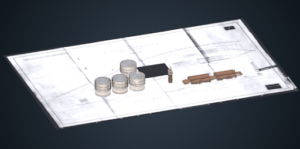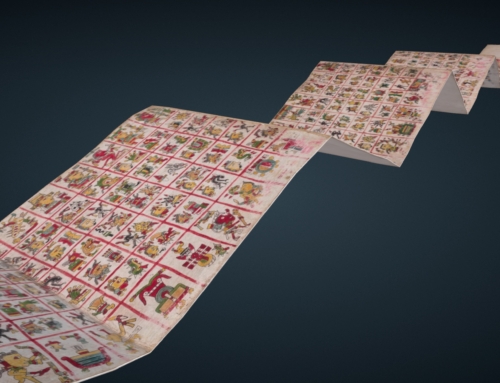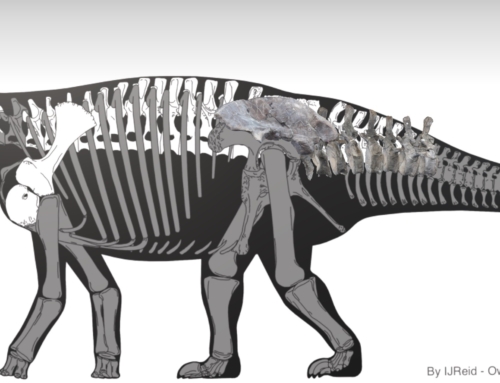Westerpark/Westergasfabriek

The creation of this 3D model serves a dual purpose, aiming to enhance both historical understanding and contemporary data representation. Firstly, the model will be accessible via a mobile application, allowing visitors to explore the rich history of the Westergasfabriek site, a cultural landmark within Amsterdam. By scanning a QR code on-site, users can delve into the factory’s past and visualise how the buildings appeared circa 1885. Secondly, the 3D model will be integrated into a linked open data infrastructure, providing a visual representation of technical data associated with the building. This infrastructure, along with georeferenced maps, will facilitate the storage and linkage of additional relational data, such as records of factory workers.
Amsterdam, a rapidly expanding city, is confronted with a pressing housing shortage, further compounded by the challenges posed by climate change. This necessitates the task of formulating a sustainable urban future to accommodate the growing number of residents. The most prominent manifestation of this challenge is observed in the Haven-Stad plan area, situated in the north-west of the city, predominantly occupied by the Port of Amsterdam and industrial complexes. Over the coming decades, this area is slated to accommodate approximately 70,000 residential units and generate 58,000 job opportunities. An essential focus of this project is the transition from conventional fossil fuels to sustainable and renewable energy sources. Interestingly, Haven-Stad encompasses an existing historical example of an early energy transition, exemplified by the Westergasfabriek, a former gas factory turned cultural site. Located in the vibrant Westerpark, one of the twelve sub-areas of Haven-Stad, the Westergasfabriek is renowned among Amsterdam residents as a venue for festivals and recreational activities during weekends. The park encompasses several well-preserved structures that house a cinema, restaurants, art exhibitions, and a multitude of other offerings. The transformation of the Westergasfabriek into a cultural hotspot exemplifies the successful conversion of industrial urban heritage into a thriving urban centre.
The project involved extensive historical research and digital visualisation to reconstruct the original buildings of the Westergasfabriek site. Three structures were recreated: the three Gashouders, the Zuiveringshuis (storage facility), and the Water tower. While the Gashouders and Water tower no longer exist, vintage images and technical drawings from archival sources were used to ensure faithful reconstruction to the original scales. These digitised images are now available online, providing valuable insights into the industrial past of Amsterdam’s Westergasfabriek.
3D Scholarly Edition Author: Francesca Fabbri
Francesca Fabbri is a doctoral candidate in the Cultural and Environmental Heritage section at the Department of Cultural Heritage of the University of Bologna, Ravenna branch. She deals with the communication of historical and artistic heritage through digital tools, focusing on new digital storytelling techniques. Her research project is part of the European DARE-UIA project. Her research concerns the relationship between open air museums and digital storytelling tools, in reference to the case study of the Darsena in Ravenna. The recurring themes of her research concern the transmission of material and immaterial cultural heritage through digital media; she deals with 3D reconstructions, virtual tours and video editing as media for cultural heritage.






